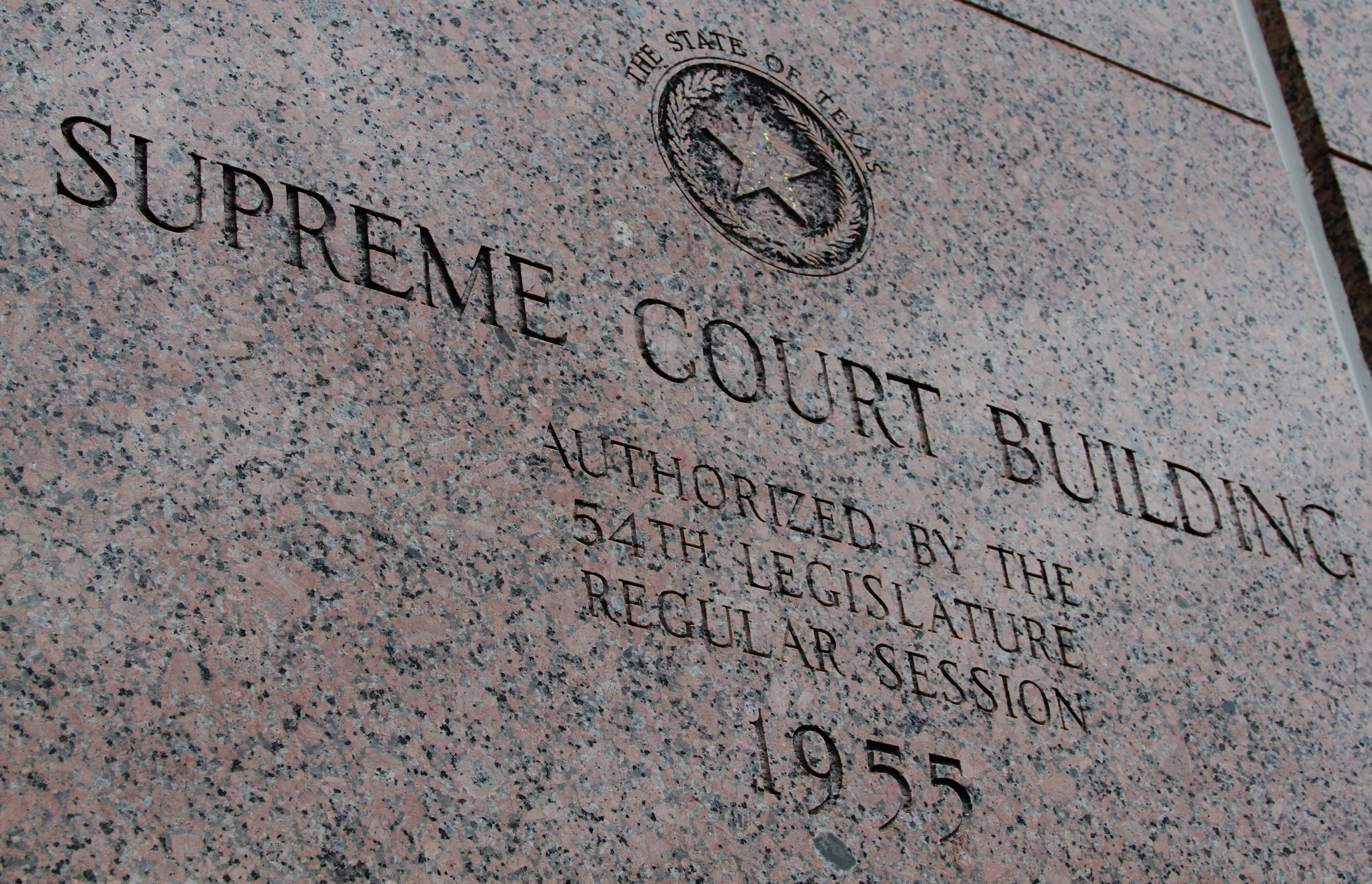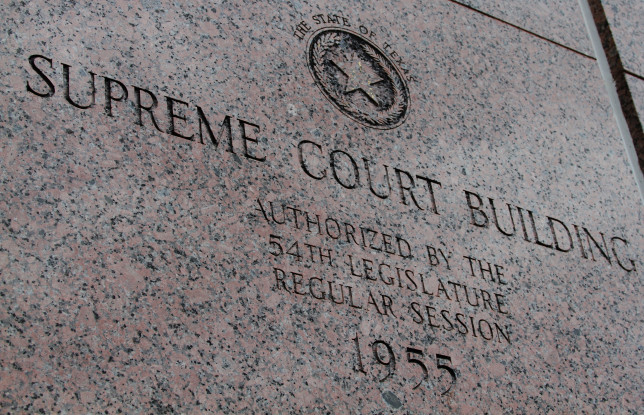Ross v. St. Luke’s Episcopal Hospital
No. 13-0439
Case Summary written by Sara Thornton, Managing Editor.
JUSTICE JOHNSON delivered the opinion of the Court. JUSTICE LEHRMANN, joined by JUSTICE DEVINE, concurred. JUSTICE BROWN did not participate in the decision.
Factual Background: This case involved a premises liability suit brought under the Texas Medical Liability Act (TMLA). Lezlea Ross, who was visiting a patient at the hospital, fell near the entrance of St. Luke’s Episcopal Hospital where the floor was being cleaned. Ross sued both the hospital and an independent contractor who performed maintenance services under a premises liability theory. Only the hospital appealed.
Issue: Whether Ross’s claim fell under the TMLA as a health care liability claim (HLCL), even though she was not a patient at the hospital.
Legal Background: The Court’s decision in Texas West Oaks Hospital, L.P. v. Williams, 371 S.W.3d 171 (Tex. 2012), held that “when a safety standards-based claim is made against a health care provider, the [TMLA] does not require safety standards to be directly related to the provision of health care in order for the claim to be a[n HLCL].” The hospital relied on Williams to assert that Ross’s claim was an HLCL, which required Ross to timely serve an expert report, and requested that the court dismiss the case because no expert report was served. The trial court granted the hospital’s motion to dismiss, and the court of appeals affirmed, concluding that no connection must exist between health care and the safety standard on which a claim is based for the claim to fall within the TMLA as an HLCL.
On appeal, Ross asserted that the claim did not fall under the TMLA because, although Williams provides that the standards underlying the alleged actions do not have to be directly related to the provision of health care, some connection must exist for the claim to be an HCLC. The hospital responded with three arguments: (1) that the Texas Supreme Court lacked jurisdiction; (2) that Ross waived the issue because she failed to argue that her claim was not an HLCL in the court of appeals; and (3) that the court correctly held that safety standardsbased claims do not need to be related to health care to fall within the TMLA, but Ross’s claim nonetheless did relate to safety standards because she fell inside the hospital.
Analysis: First, the Court established that it had jurisdiction over the interlocutory decision because the court of appeals’s decision directly conflicted with Good Sheperd Medical Center-Linden, Inc. v. Twilley, 422 S.W.3d 782 (Tex. App.—Texarkana 2013, pet. denied), which held that at least an indirect relationship must exist between a claim and health care to fall under the TMLA. Thus, the Court had jurisdiction over the case to remove this uncertainty in the law.
Next, the Court determined that Ross did not waive the issue of her claim’s status as an HCLC, noting that the court of appeals directly addressed the issue. Thus, the court of appeals implicitly determined that the argument in Ross’s brief prevented a waiver.
The majority of the decision focuses on the Court’s de novo review of the TMLA. The Court emphasized its opinion in Louaisiga v. Cerda, 379 S.W.3d 248, 258 (Tex. 2012), in which the Court interpreted the TMLA to not require an expert report “under circumstances where the conduct of which a plaintiff complains is . . . inconsistent with ‘medical care, or health care, or safety or professional or administrative services directly related to health care’ (the pertinent language of the TMLA) even though the conduct occurred in a health care context.” The Court held in Louaisiga that a patient’s claim against a medical provider is not an HCLC if the only possible relationship with the claim is the setting in which the alleged conduct took place.
Applying that rationale, the Court determined that the hospital lobby was only subject to the general safety requirements of all businesses, rather than requirements set by the TMLA. This was especially the case because the hospital did not reference any special lobby condition requirements regarding patient safety under the TMLA. The Court also applied ejusdem generis to the TMLA language, concluding that the TMLA only applies to actions against a health care provider or physician for claims that have a substantive relationship with the providing of medical or health care. Thus, only claims that implicate the defendant’s duties as a health care provider, including patient safety, qualify as HLCLs.
Because determining whether a safety-standards-based claim is an HLCL is not always clear, as in this case, the Court provided a nonexclusive list of factors to help guide the process:
- Did the alleged negligence of the defendant occur in the course of the defendant’s performing tasks with the purpose of protecting patients from harm;
- Did the injuries occur in a place where patients might be during the time they were receiving care, so that the obligation of the provider to protect persons who require special, medical care was implicated;
- At the time of the injury, was the claimant in the process of seeking or receiving health care;
- At the time of the injury, was the claimant providing or assisting in providing health care;
- Is the alleged negligence based on safety standards arising from professional duties owed by the health care provider;
- If an instrumentality was involved in the defendant’s alleged negligence, was it a type used in providing health care; or
- Did the alleged negligence occur in the course of the defendant’s taking action or failing to take action necessary to comply with safety-related requirements set for health care providers by governmental or accrediting agencies?
Holding: Determining that the answer to each of these considerations in this case was “no,” the Court concluded that no substantive relationship existed between the claim and the hospital’s providing of health care. As such, the Court reversed the court of appeals, and remanded to the trial court.
Justice Lehrmann, joined by Justice Devine, concurring
Justice Lehrmann wrote a separate opinion to emphasize the importance of the third and fifth factors in the Court’s factors test. She noted her concern that health care providers would attempt to find protection under the TMLA in basic negligence cases in which no patient–physician or patient–health-care-provider relationship exists, citing her dissent in Texas West Oaks Hospital, LP v. Williams, 371 S.W.3d 171, 177-78. Health care liability claims involve a “specialized standard of care that is established by expert testimony,” and factors three and five ensure that only claims involving this specialized standard will be considered HLCLs.


